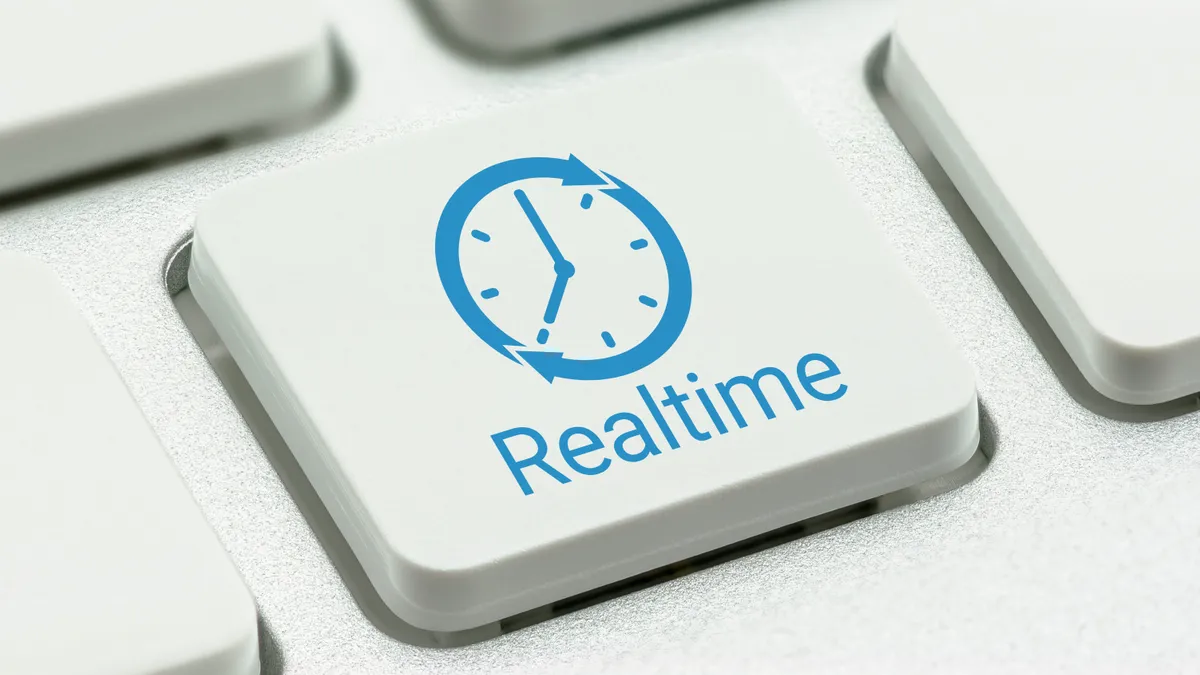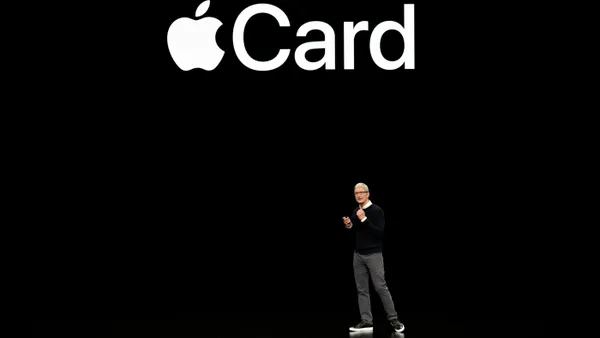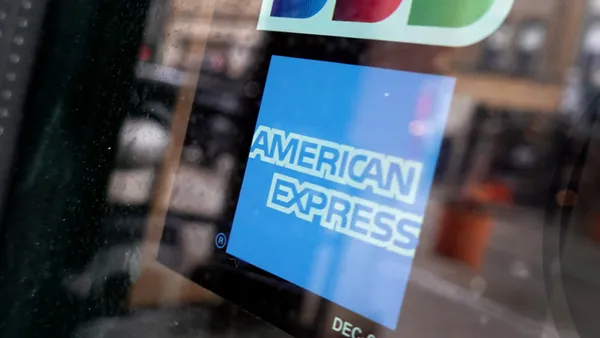Jessica Cheney is vice president of product management and strategic solutions at digital banking and payments company Bottomline Technologies.
It has been quite a summer for the Federal Reserve and the FedNow platform. And along with it I’m seeing some things online and on social media that concern me.
As someone who has been involved with the industry’s role in developing real-time payments (or Instant Payments as they will be known at the Fed), I’m struck by some of the misguided perceptions that mix with the reality of FedNow.
My job is to be the mythbuster. As summer 2022 fades, here are just a few of the myths I’d most like to counter.
Myth: The FedNow deadlines were moved because the Fed is unprepared for launch. The operational deadlines for the Fed’s version of real-time rails were never set in stone. It’s estimate of early 2023 was moved to a firmer date of May-June 2023.
My take: This date always depended on the most essential variable in the equation: banks. The people at the Fed have never lacked confidence in providing a reliable solution. It created the FedNow pilot program so that the banks (large and small) which will use it can test issues of accessibility, and accuracy. Banks need to develop the same confidence that the Fed has. This is not a postponement at all; it is a sign that the Fed has been working closely with banks and other payments providers with positive results, and that they see a reliable window for launch.
Myth: FedNow will replace current ACH rails and real-time rails from The Clearing House. This myth has been hanging around since the Fed announced its real-time intentions five years ago. I’ve seen a few social posts that persist in this theory, and it could not be more off-base.
My take: The Fed has three roles: set monetary policy, regulate and supervise financial institutions and provide payment services. Look at that last role and you can see that replacing ACH would be contrary to its mission and not in the best interest of U.S. banks or their customers. And while it will technically compete with TCH, it is not in the business of dominating any sector of the payments business. FedNow is consistent with the Fed’s role of providing payment services.
Myth: Real-time payments will be a consumer-only feature. Don’t get lulled into thinking real-time payments are only for P2P or B2C payments.
My take: According to the Fed’s research, 75% of all businesses have prioritized them and 90% expect to use them over the next three years. Those are the numbers, but let me add that the ISO 20022 messaging system is a force multiplier for business payments. Why would a business settle for the relative absence of payer-payee interaction and tracking in other payment options when so much more information could be tied to what is certainly a larger and more consequential payment?
Myth: Real-time payments are more vulnerable to fraud.
My take: Couldn’t be further from the truth. Some in the industry believe the speed and irrevocability of real-time payments makes it harder to play defense against fraud. But the reality is that fraud is no greater threat for real-time than any other payment method. Again, a new mindset is needed.
Transactions are the area where real-time payments facilitate interacting in a different way, with a company's customers, their suppliers, or their trading partners. Real-time payments took anti-fraud measures to a different level when it introduced within its message sets and workflows the ability for a receiver of a payment, or the receiver of a request for payment, to ask the sender of those items a question.
This is referred to as a request for information, but more importantly, it provides a mechanism for two-way communication in that secure channel, because it's in the same rail that the funds actually traverse as well.










